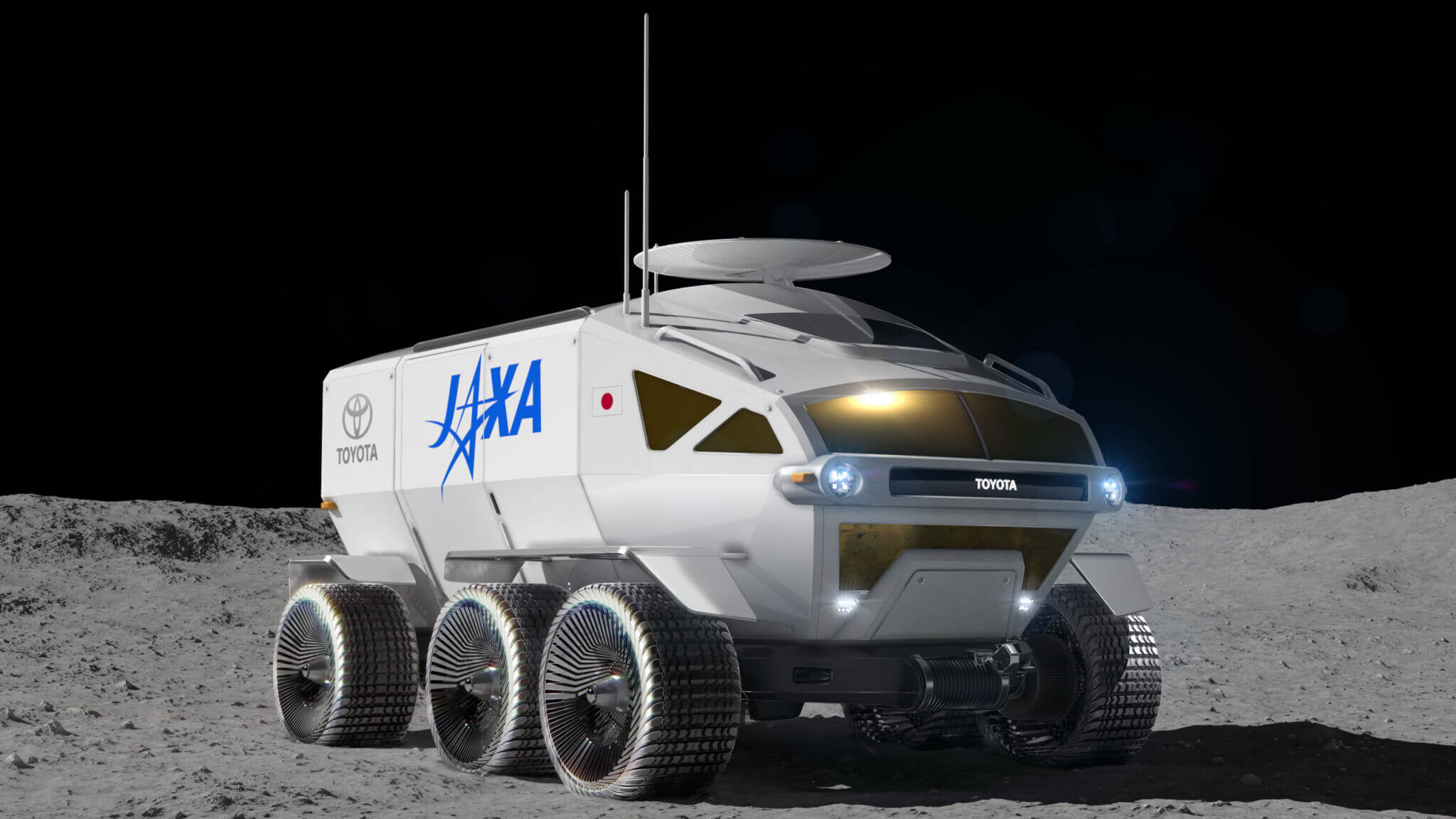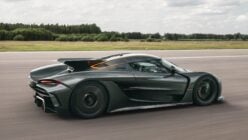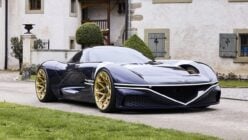Toyota and the Japan Aerospace Exploration Agency (JAXA) have together unveiled a lunar rover concept, as we revealed last week.
The two have been working together since May 2018 in a study to create the next generation of lunar vehicle, for JAXA’s ambitions to mount a manned Moon mission by 2030. It’s fair to say that the result is a little more dramatic than we’d expected.
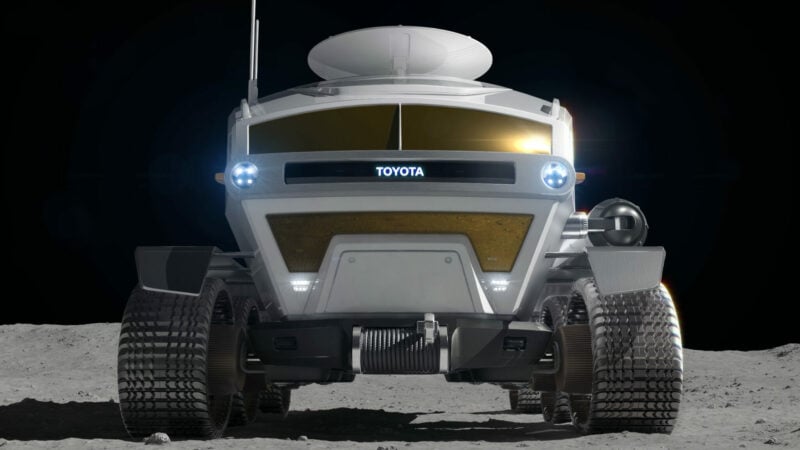
NASA’s original “moon buggy”, the Lunar Roving Vehicle (LRV), was a simple, lightweight affair. While technologically advanced, and featuring in-wheel electric motors and special zinc-mesh tires with titanium chevron treads, it was effectively a go-kart. It was little more than an open frame for the astronauts to sit on, and it barely registered a fifth of a ton even in Earth’s gravity.
Despite the additional ground it could cover, it also proved a limiting vehicle. The astronauts couldn’t drive the LRV further away from the safety of the lunar module (LM) than they could run back, in case it failed. However, Eugene Cernan and Harrison Schmitt — the last people to walk on the Moon, in 1972 — still covered more than 20 miles.
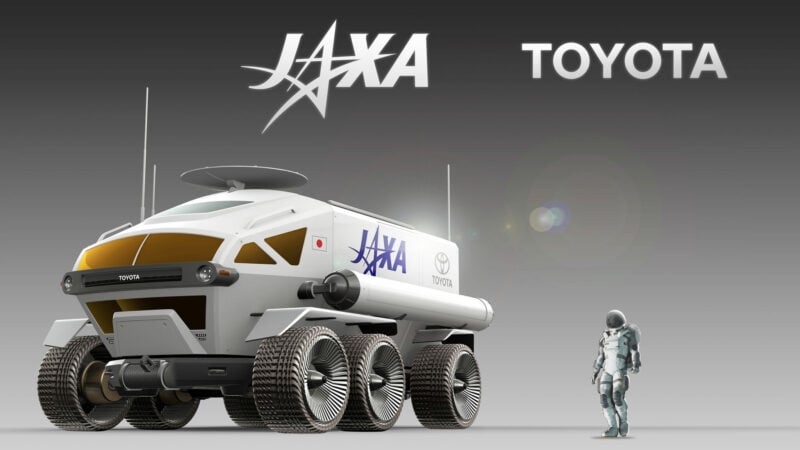
JAXA’s needs are a little more intense, and Toyota’s solution is essentially the coolest minivan ever made. The design brief is for a manned and fully pressurized rover, so that the astronauts can drive as far as they want before conducting missions on the lunar surface. In fact JAXA gives an operational range of more than 6,200 miles, so the crew could in principle circumnavigate the Moon. That’s down to the fuel cells the vehicle will use, much like Toyota’s Mirai FCV.
The Toyota rover, which is not yet named, is almost 20 feet long and, thanks to the large wheels, 17 feet wide. The internal living space comes in at 450 cubic feet, which JAXA and Toyota say is enough for two people, or four at a stretch if the situation calls for it. This seems generous for a two-man crew, but they will need to move around inside the vehicle in space suits, as well as enter and exit via an airlock.
Toyota hasn’t specified an Earth weight for the rover, but we imagine it’s not going to be light. That may cause a few headaches with regards to getting it to the Moon, as the most powerful rocket ever created only had a 48-ton payload for a lunar orbit injection.
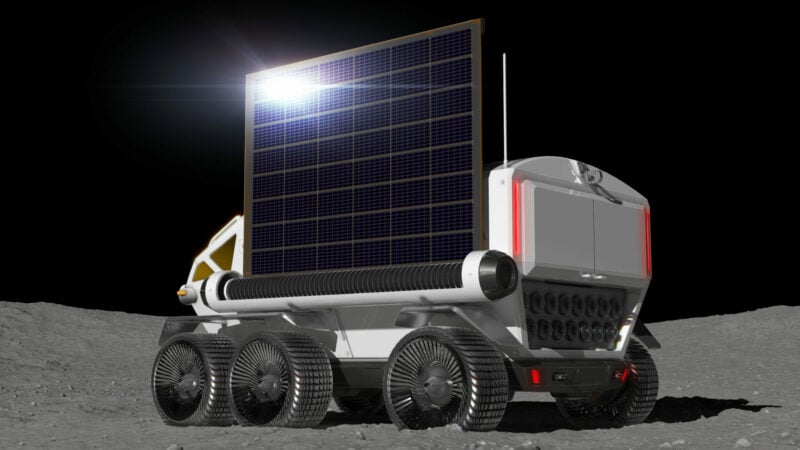
This is by no means the finished vehicle. For now, it’s an ongoing joint study for a manned and pressurized rover, but JAXA believes this is an essential part of its plans for the Moon.
JAXA president Hiroshi Yamakawa comments:
“Manned rovers with pressurized cabins are an element that will play an important role in fully fledged exploration and use of the lunar surface. For this, we would like to concentrate our country’s technological abilities and conduct technological studies.
“Through our joint studies, we would like to put Toyota’s excellent technological abilities related to mobility to use. We look forward to the acceleration of our technological studies for the realization of a manned, pressurized rover.”
Toyota president Akio Toyoda adds:
“I am extremely happy that, for this project, expectations have been placed on the thus-far developed durability and driving performance of Toyota vehicles and on our fuel cell environmental technologies.”
See more articles on Toyota.

